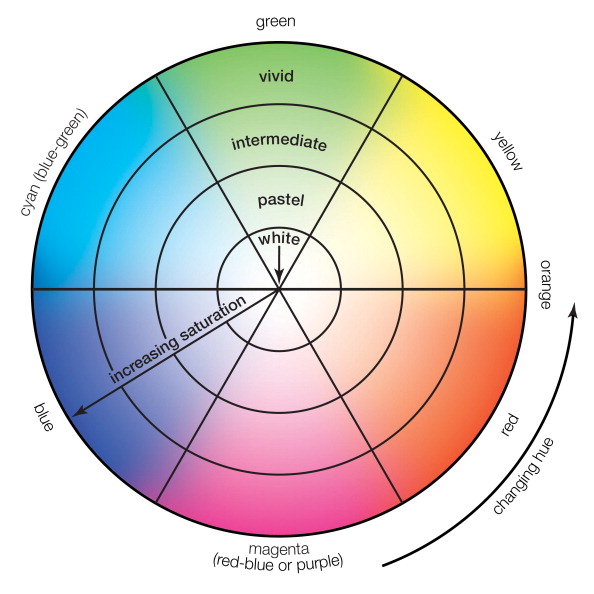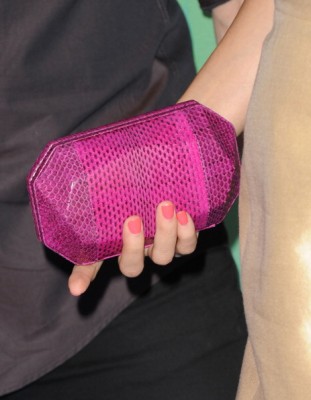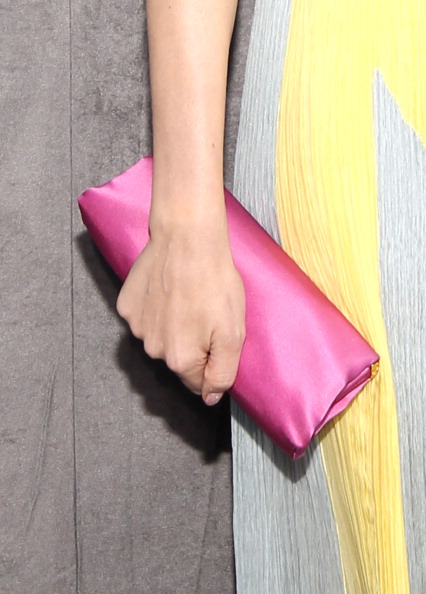Difference between Fuchsia and Magenta

People often confuse names of some colours which are not used very commonly in daily life. A prime example of this is that, many of us believe that Fuchsia and Magenta are the names of a same colour. This may be because the two colours are combinations of the same set of colours. However, in relaity there is a considerable difference between the two shades.
Fuchsia takes its name from a plant that is a combination of the colours pink, purple and red. It contains a set of colours between the colour Magenta and purple. On the other hand, Magenta is one of the popular colours and is a combination of two other colours, bright pink and purple.
Fuchsia takes its name from a flower whereas Magenta takes its name from the magenta dye.
Fuchsia is very commonly used in women’s clothing as it is a mix of girlish colours. It may also be used in ladies’ purses, tops and handbags. Cosmetics also use this colour frequently – common in lipsticks and nail polishes.
Magenta, on the other hand, is a very popular colour in the world of printing. It is commonly used as a primary colour in the CMYK model. Magenta has different shades and is generally brighter than Fuchsia.
Instructions
-
1
Fuchsia
Fuchsia was named after a flower that was discovered by a German scientist. His name was Fuchs and the colour is known to be the colour of that flower.
It is a combination of different colours which lie between the magenta and purple shades.
Fuchsia was discovered in 1892 and has gained popularity gradually since. The colour is very common in ladies’ garments and accessories and it is considered as one of the favourite colours among women. Handbags, purses, belts and cosmetics use this colour to cash in on its popularity.

-
2
Magenta
Magenta took its name from the magenta dye which was discovered after the Battle of Magenta in 1859. It was discovered in Italy.
This colour is not as popular as Fuchsia due to it being a tad brighter, which is also the reason why it is less popular when it comes to clothing.








